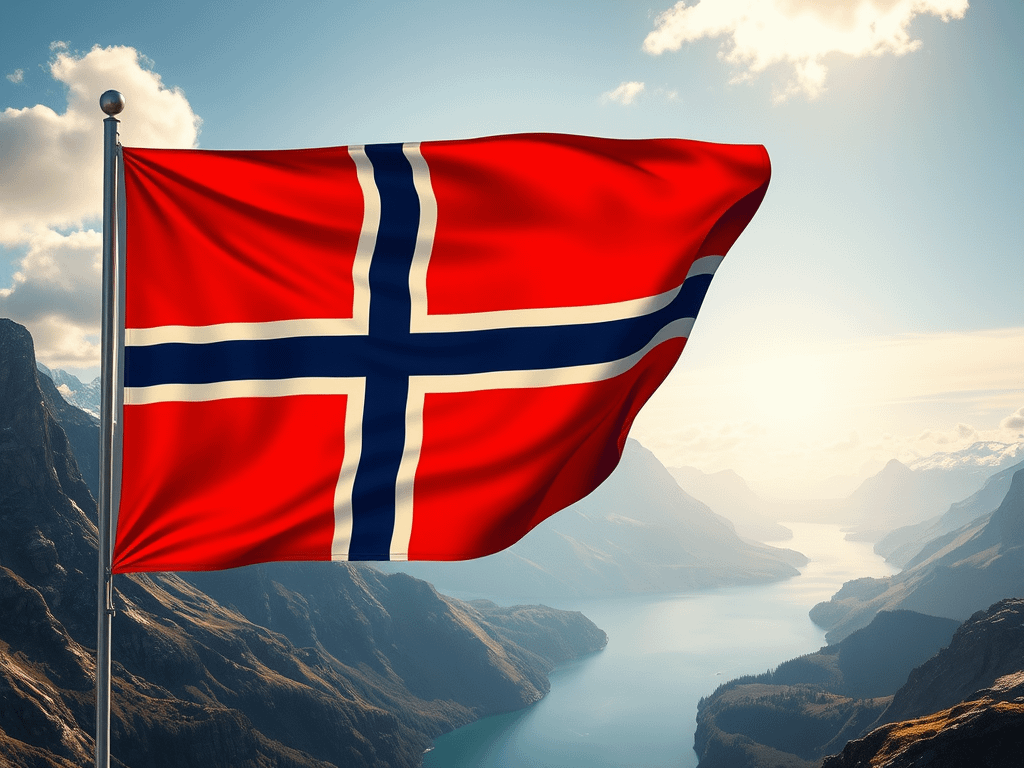Geography and Climate
Norway is located in Northern Europe and forms part of the Scandinavian Peninsula. Known for its dramatic fjords, rugged mountains, and extensive coastline, the country offers breathtaking natural beauty. The Arctic Circle crosses through northern Norway, where the phenomenon of the midnight sun and polar nights can be experienced. The climate varies from oceanic in the west to continental in the inland and far north.
Political System
Norway is a constitutional monarchy with a parliamentary democracy. The King holds a ceremonial role, while political power is exercised by the government headed by the Prime Minister. The Storting (Norwegian Parliament) is the legislative body. Norway is known for political stability, strong democratic institutions, and high levels of transparency and public trust.
Economy
Norway has a mixed economy that combines free market activity with government control in key sectors. The country is rich in natural resources, particularly oil and gas, which are exported globally. Hydropower, seafood, forestry, and minerals also contribute significantly to the economy. Norway has one of the highest GDPs per capita in the world and maintains a robust welfare system funded largely through its sovereign wealth fund.
Sports and Recreation
Sports are a vital part of Norwegian culture. The country is a powerhouse in winter sports, especially cross-country skiing, biathlon, and ski jumping. Norway consistently performs well in the Winter Olympics. Football (soccer) is the most popular sport in terms of participation, while handball and athletics also enjoy significant followings. Outdoor activities like hiking, fishing, and cycling are deeply ingrained in the lifestyle of Norwegians.
Culture and Society
Norwegian culture values equality, simplicity, and connection to nature. The society is known for being inclusive, with strong emphasis on education, healthcare, and social security. Norwegian literature, music, and art have deep roots, with figures like Edvard Munch and Henrik Ibsen gaining international recognition. The official languages are Norwegian (Bokmål and Nynorsk), and Sami is recognized in indigenous regions.
Tourism and Attractions
Tourism in Norway thrives on its natural wonders. Visitors flock to see the Northern Lights, explore the fjords like Geirangerfjord and Nærøyfjord, or experience the Lofoten Islands. Oslo, the capital, offers modern architecture and rich cultural institutions, while Bergen and Tromsø offer unique charm and access to outdoor adventures. Eco-tourism and sustainability are strong themes in Norwegian travel experiences.
Conclusion
Norway stands out as a model of progress, sustainability, and well-being. With its balanced approach to economics, inclusive politics, commitment to nature, and excellence in sports, Norway continues to inspire countries around the world. Whether you seek adventure, stability, or inspiration, Norway has something to offer.




